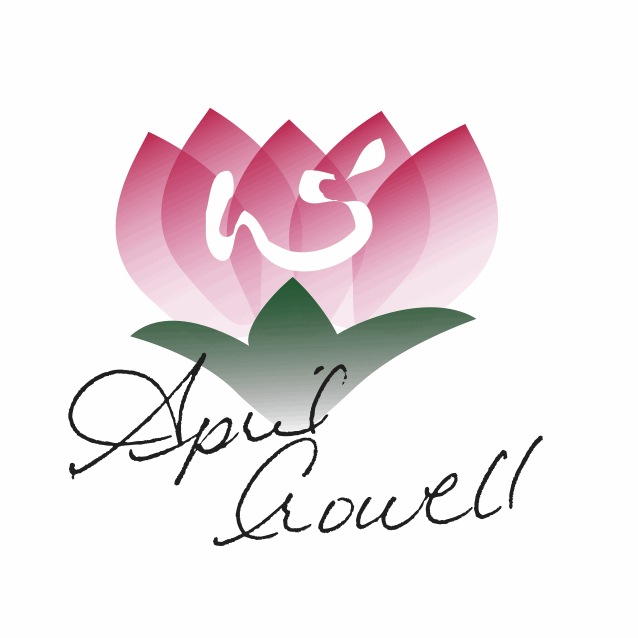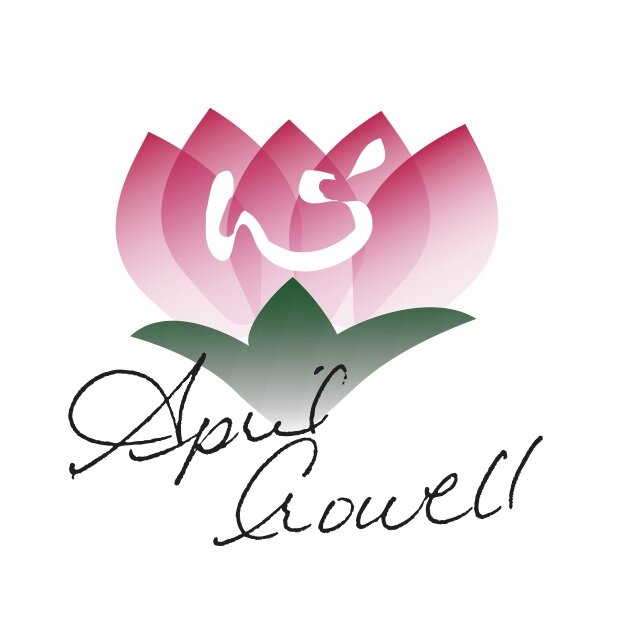Amma Therapy - Asian Bodywork
What is Amma therapy?
Amma therapy is a classical Asian bodywork of Korean lineage. Literally translated as 'push-pull' - Amma is the oldest known Chinese word to describe bodywork or massage. Highly specialized, it combines deep rhythmic, circular digital pressure and acupressure point stimulation with Chinese medical principles for accessing and treating imbalances in the energy system. To understand Amma therapy better, we need to back up and look at the Three Branches of Asian (Chinese) Medicine.
The Three Branches of Chinese Medicine
Traditional Chinese medicine can be broken into three broad branches.
Asian Bodywork Forms
Acupuncture
Herbs and Nutrition
All three modalities share their foundations in Taoist philosophy, which recognizes that humans are not separate of their surroundings and to live vitality is to live in harmony with mind, body, spirit with nature. They share foundational theories including Yin/Yang theory, 5 Element theory, 8 Principle and Zang Fu theory - however, schools and individuals may specialize or place more emphasis on one theory over another.
All three branches share assessment and diagnosis tools like tongue and pulse assessment, observation, listening, palpation and more. They all recognize an energetic system in the body as a primary part of the being - not just the physical form. The difference comes in how the treatment is applied. Acupuncturists use needles to access the energetic pathways, the herbalist & nutritionist use herbs and foods to treat, and bodyworkers use their hands.
All methods should focus on not just treating symptoms, but treating the root cause of disharmonies and then creating vibrancy and vitality. Individual practitioners may practice in only one branch, or ideally in keeping with the holistic principles of Asian medicine, they should encompass several. For example - I am an AOBTAⓇ Certified Practitioner and Instructor of Amma therapy in practice since 1994. Believing nourishment to be primal in all health and healing, I integrate nutritional and herbal recommendations into my practice.
Amma Therapy
Amma therapy, like acupuncture and other Asian bodywork forms, focuses on the balance and movement of Qi (energy) within the body. Whereas the acupuncturist inserts needles into the energy pathways to stimulate and move the energy, the Amma practitioner relies primarily on the sensitivity and strength of the hands to manipulate the client's Qi. Amma therapy techniques include both deep-tissue manipulation, that is used in other forms of therapeutic massage, and the stimulation of Qi movement that is the basis of Chinese medicine. Although there is a basic form, Amma therapy is highly adaptable to the client's needs. For example, a client with fibromyalgia or cancer may need a very gentle treatment compared to the depth and vigor of treatment that an athlete can handle. We have to meet each client where they are at and then work to reach or maintain health. Some practitioners specialize and work with only certain clients, however, Amma can be used for all ages and all stages of health. I treat young and old, athletes to those who are ill.
A Little Amma Therapy History
Amma therapy's origins date back nearly 5,000 years to the time of the Yellow Emperor (Hwaung Di). Hwuang Di is accredited with being the first to codify medicine in the Hwaung Di Ni Jing. First mentions of this text were during the Han Dynasty (206 BCE-25BCE). Like other lineages, oral history predated this text - so who really knows how far back it goes. The form of Amma therapy I practice comes from the lineage of Tina (Kim) Sohn. Like other members of Kim family, a ruling class in Korea, Tina was educated in Traditional Chinese medicine, acupuncture, philosophy, bodywork, herbs and martial arts. She married Dr. Robert Sohn and brought Amma Therapy to New York in 1964. I was trained at the Wellspring School by Rylen Feeney beginning in 1993. I stayed with the school working as an apprentice and then moved into teaching and directing the programs from 1995-2012.
The Tools Of An Amma Therapist
Amma therapy requires years of training and is more than learning a rote, memorized technique. My apprenticeship runs a minimum of 500-hours. A practitioner's development is primary to be able to offer a superior level of care on all levels physical, mental and emotional. The four essential qualities of an Amma therapist are:
Physical strength - The overall health of the practitioner is important in being able to treat others and care for their body to allow them to effectively work. The last treatment of the day should be as strong and effective as the first of the day -even if you are treating 8 clients a day. Students and practitioners are taught to care for their hands, through strengthening, flexibility, and sensitivity. Wisdom encourages us to know ourselves - for example, I do not treat as many clients a day as I used to in my 20’s and 30’s.
Palpation sensitivity - The practitioner should be able to feel channels, skin temperature changes and physical differences in the client and then adapt their treatment appropriately. They should also be able to feel the acupressure points, not just to be able to precisely locate and identify them, but whether they are holding excess Qi or are deficient of Qi, etc.
Theoretical knowledge - Amma should be adapted to the client's needs with each treatment. The practitioner should be using assessment skills in 5 Element theory, Zang Fu, 8 Principles, point prescriptions, tongue and pulse and other assessment skills to hone the treatment to the client. Observation is one of our most powerful tools and the subtlest of clues about a client's well-being can be found in everything from the tone of their voice and their posture to strength of the nails and feel of the muscles. Many Amma therapist utilize adjunct therapies in their treatments as well. Personally, I utilize gua sha, fire cupping and moxibustion.
Emotional and spiritual development - Development in this area is of utmost importance. A practitioner can only offer assistance to the level that they have actively engaged in their own development. In my apprenticeship, meditation, yoga, T'ai Chi and Qigong are all mandatory parts of the program - something not common in all Chinese medicine programs or colleges.
Physical Training and Knowledge - Practitioners of Amma Therapy need physical strength, and knowledge detailed knowledge of the human anatomy in both western and eastern terms. It is my belief that your bodywork therapist should be an example of health and well-being and health - how else can they make recommendations? Recommendations for clients often include self-massage techniques or appropriate exercises based on the client's needs. This may be gently starting a sedentary client with walking or having an overly physical client slow down or limber up. Again, it is highly specialized and focused on what will improve the client's overall health. A large portion of my work is education--the more my clients know of their own patterns and how to live in harmony with seasons the easier it is to keep them in a state of vibrant health and to respond to disharmonies quickly and effectively.
Nutritional & Herbal Knowledge - Amma therapy includes Asian food energetics. This system of understanding foods looks at the energetic temperature of food - does it heat or cool the system; a food's flavor which all have healing properties, the organ system that the food enters and more. Combined with a comprehensive understanding of western whole food nutrition an Amma practitioner's understand of what food to use when and why is unsurpassed in my experience. Nutritional guidance must take into account the client's current conditions, life stages, gender, age and constitutional nature. A classical saying in Asian medicine is "same disease different treatment, different treatment same disease" perfectly reflects this. I can have 3 different clients walk in with the same western disease - let's say high blood pressure. Though all three of these clients may have the same western medicine and diagnosis, they are different patterns in Asian medicine. One client's high blood pressure may be caused by Liver Yang rising and heat, while another is caused by cold and Yang deficiency. The recommendation for foods and herbs would differ considerably. The first client needs to stay clear of heating foods like hot spices and alcohol, while the other client may need more warming spices - get it? Want to know more about food energetics? Get my Energetics of Food chart





